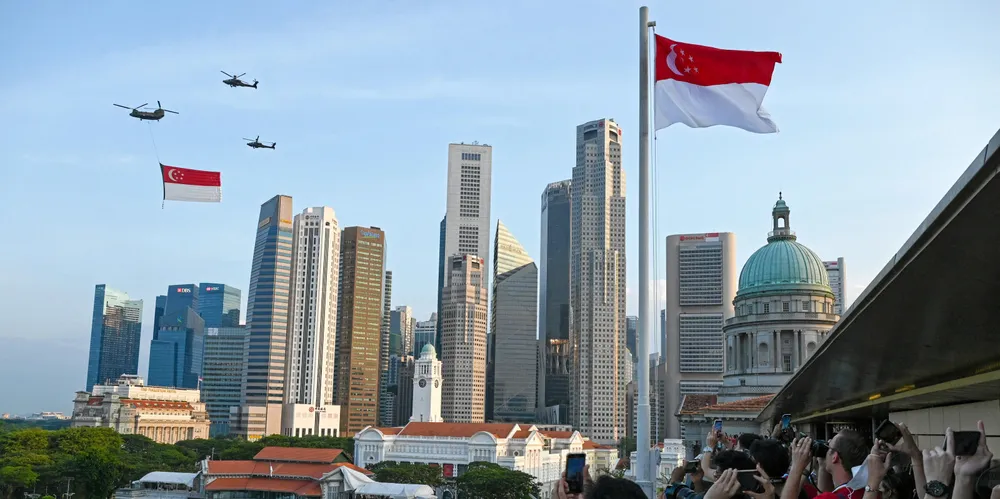100% ammonia burn | JERA opts in to hydrogen-based power plant demo in Singapore
Japanese behemoth builds on co-firing experience to trial 60MW ammonia-fired gas turbine with Mitsubishi, as island city-state ratchets up climate ambition

Japanese behemoth builds on co-firing experience to trial 60MW ammonia-fired gas turbine with Mitsubishi, as island city-state ratchets up climate ambition
